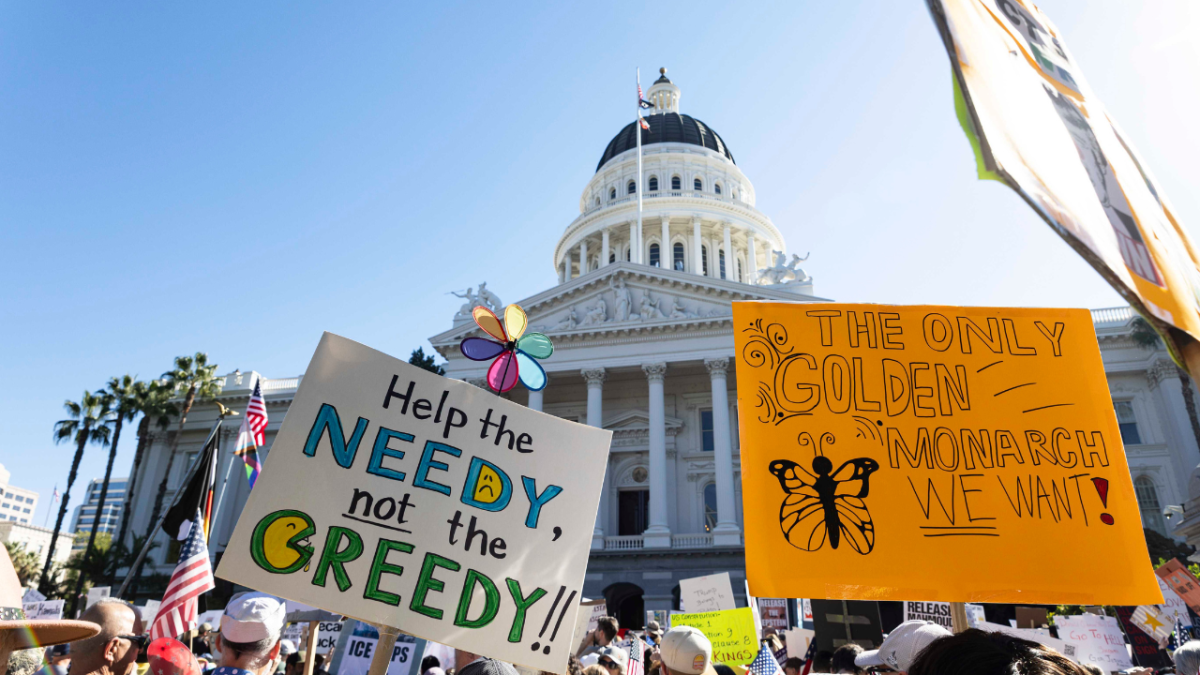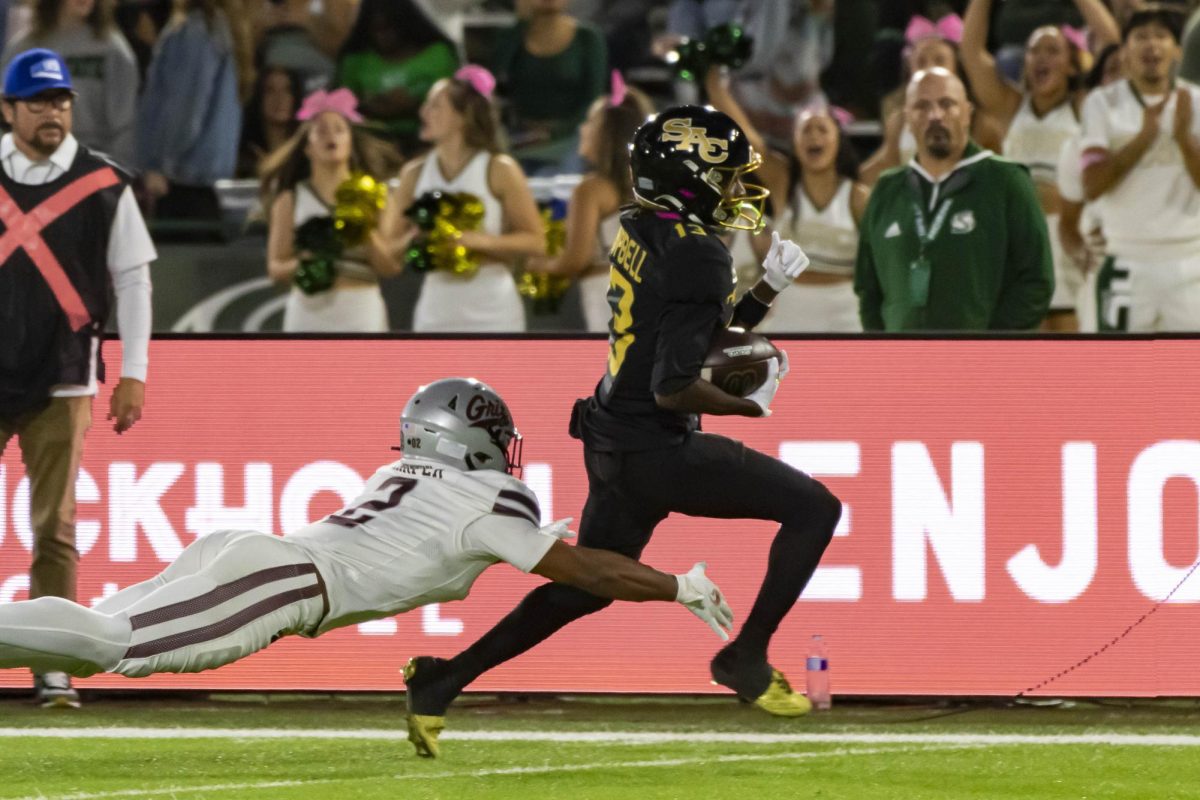Sacramento State gets $2.2 million from state lottery
November 29, 2007
Contrary to popular belief, the CaliforniaLottery isn’t just about gambling and taking risks. Last year, it generated over $1.29 billion for California’s public schools.
Legislators passed the California Lottery Act of 1984, which requires the state lottery system to contribute a minimum of 34 cents per dollar of its funds to California’s public education system.
The Lottery Act, which authorizes the lottery’s existence, requires California school districts to use lottery funds “exclusively for the education of studentsand educational purposes.”
According to the Lottery Act, “no funds shall be spent for acquisition of real property, construction of facilities, financing of research or any other non-instructional purpose.”
Sacramento State students said the funds are a positive contribution to education, but should be increased.
“I think the lottery should spend more on education. Next year’s budget is slated to be $10 billion in debt; 34 percent is a lot, but where’s the rest of the money going to come from?” asked Jeff Goble, junior business administration major. “Funding should be increased and the state should consider increasing tax dollars in order to support education.”
To further promote educational funding, voters passed Proposition 20 in March 2000. Proposition 20, also known as the Cardenas Textbook Act of 2000, established that one-half of statewide growth in lottery funds for education must be allocated to school districts and community colleges for the purchase of instructional materials.
Senior business major Eddie Lavorio said, “I think the funding is…good. There are a lot of people out there who don’t have the money to support themselves or their education…any support the education system can get helps.”
Lottery revenue contributed $154 per student during the 2005-06 fiscal year. Schools also received $62 billion from California’s general fund.
Associate economics professor Suzanne O’Keefe said, “Any revenue source that is voluntary for the people participating and supports educational programs is good for kids.”
Lottery funds don’t only support K through 12 schools, but students in all areas of public education.
California community colleges, the University of California and California State University systems, charter schools, vocational schools, offender programs and The California Department of Corrections and Rehabilitation, Division of JuvenileJustice educational programs receive lottery funds as well.
Ken Weidmann Jr., public relations act coordinator for the California State Lottery, said the amount each school receives is determined by that school’s governing body.
For Sac State, the amount of money received is determined by the CSU Board of Trustees.
For the 2007-08 school year, the K through 12 school system received 80.22 percent of funding, community colleges received 14.08 percent, the CSU system received 3.43 percent of funding and the UC system 2.23 percent.
“In general, the amount of lottery money that each campus will receive is determined by each campus’ enrollment numbers,” said Paul Browning, media relations specialist for the chancellor’s office.Representatives for the faculty, students and staff are involved in the campus development of specific expenditure plans for campus-based programs.”
The money California schools receive is determined by the number of full-time students in each local school district or higher education system.
Sacramento County received $47,316,693, the sixth highest amount of educational funding in the state.
Some of that money has been given to Sac State, which will help pay for campus-related costs.
The Lottery Budget has allocated $2,191,000 to Sac State for the 2007-08 fiscal year.
According to the CSU website, Sac State received its first quarter amount of $437,000 in October. The remaining funds will be disbursed in January, April and June 2008.
Provost and Vice President for Academic Affairs Joseph Sheley said the money will be used for campus-based programs.
“Traditionally, the money has been used to help underwrite educational opportunity programs, address informational technology issues and for library acquisitions,” Sheley said. “As we look at the entire budget and resources available to us, there will be more discussions on the uses of all of our funds.”
Public policy professor Rob Wassmer said, “We benefit from the money here. The money has helped pay for conference travel expenses, research programs and new equipment for classrooms.”
According to the California Lottery website, funds account for approximately 1.5 percent of all educational funding, which has helped school districts keep valuable programs and services in place for students.
The way schools use the funding is crucial because amount given to each district is limited.
“Everything we do is open for review. We have to be smart in how we use the money…There are always choices and trade-offs to make,” Sheley said.
Amber Kantner can be reached at [email protected].



























































































































